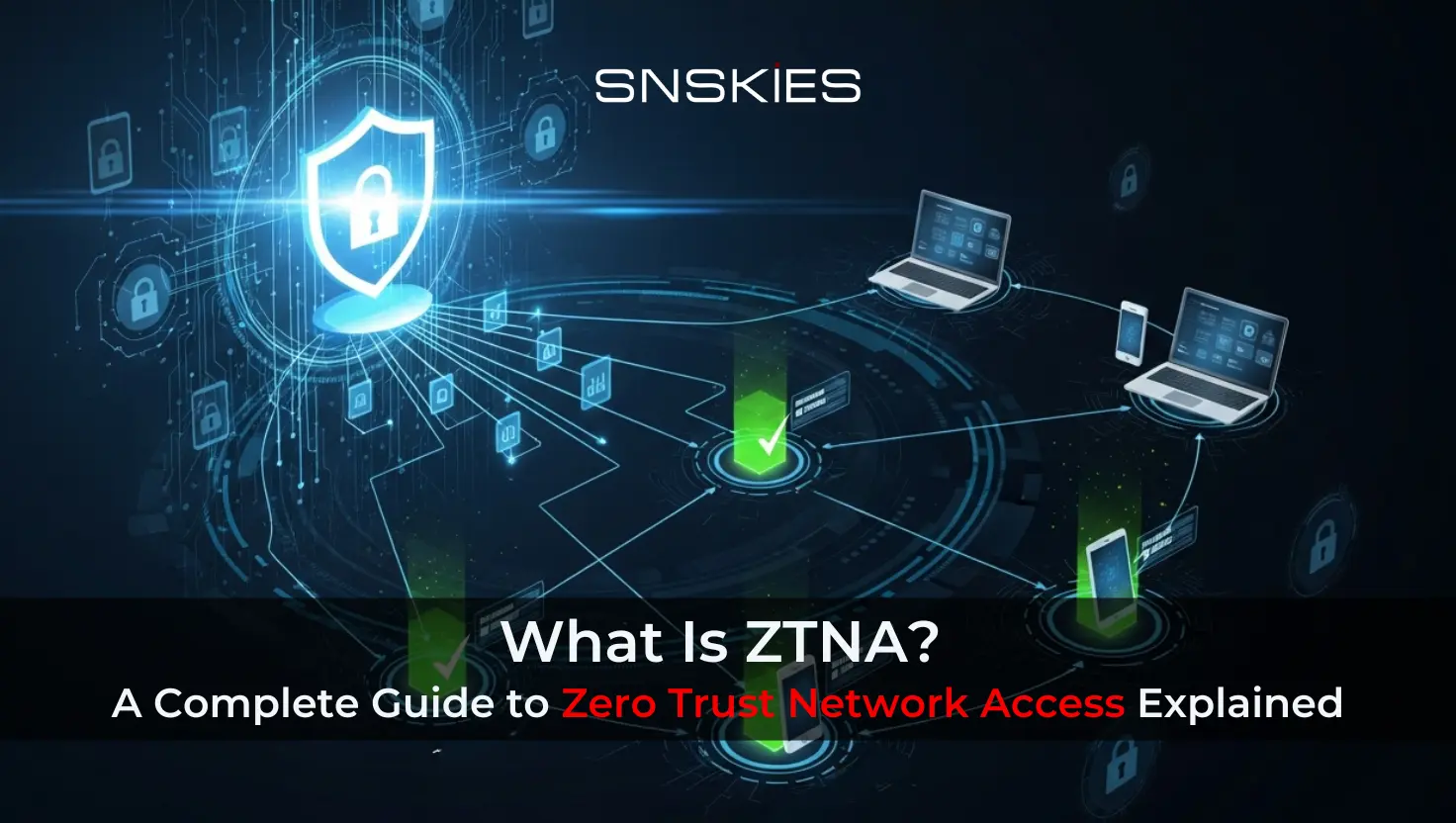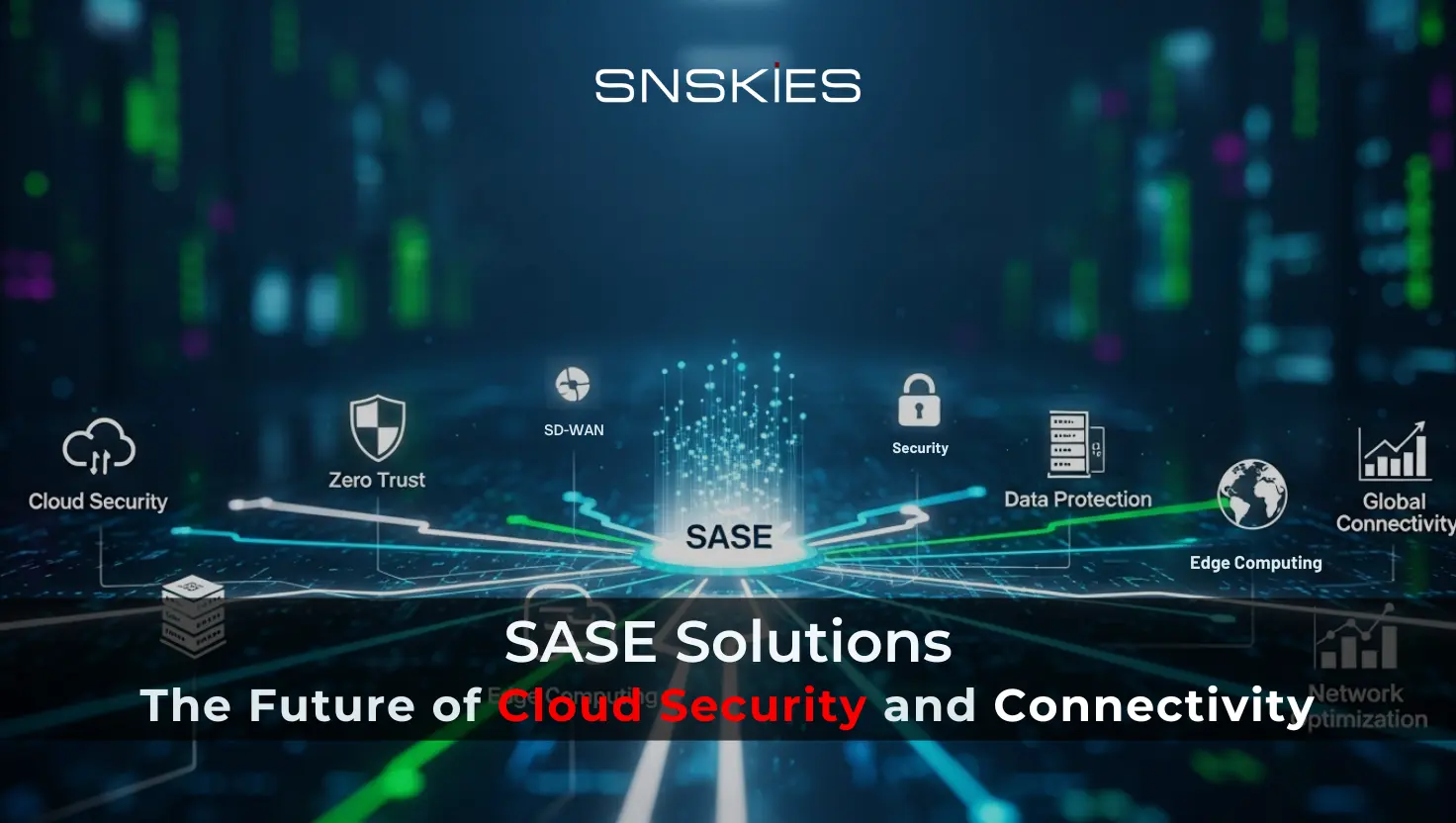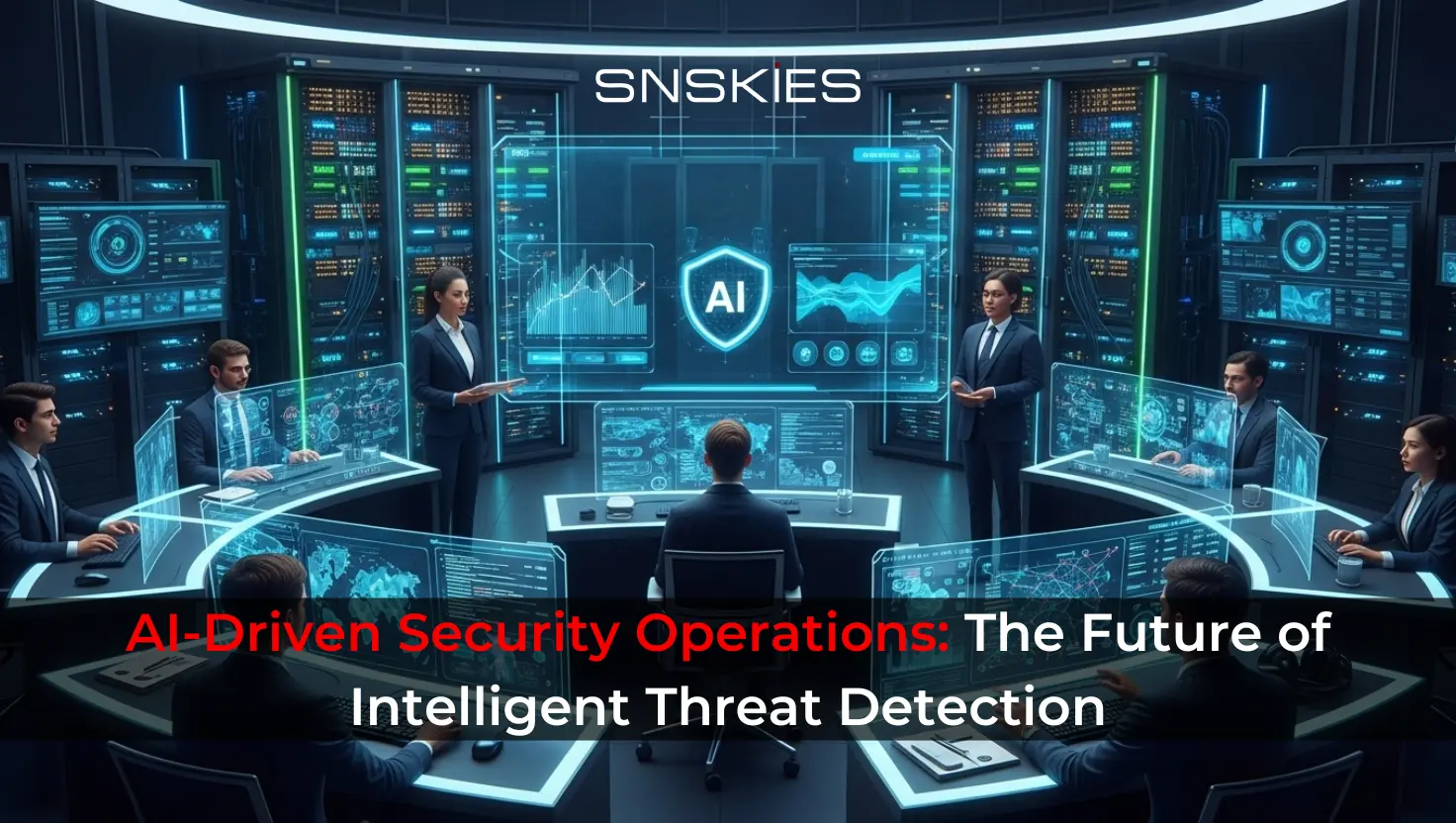- Articles
Converged Infrastructure Services: Benefits, Components & Deployment | SNSKIES
- Articles
Converged Infrastructure Services: Benefits, Components & Deployment | SNSKIES
- Articles
- May 30, 2025
What Are Converged Infrastructure Services?
Converged Infrastructure Services bring together servers, storage, networking, and management software into a single, unified platform. Instead of piecing together equipment from different vendors, organizations can deploy these all-in-one solutions to simplify and modernize their data centers.
Why Consider Converged Infrastructure?
Adopting converged infrastructure offers several compelling benefits for businesses aiming to streamline IT operations:
- Simplified Management: Centralized tools make it easier to oversee and maintain your environment.
- Scalable Storage: Effortlessly expand storage capacity as your organization grows.
- Rapid Provisioning: Deploy new resources in minutes instead of waiting weeks.
- Seamless Cloud Integration: Transition smoothly into hybrid or private cloud setups.
- Enhanced Control: Gain complete visibility and governance over your IT assets.
Benefits and Challenges
Advantages
- Compatibility: Pre-tested hardware and software eliminate integration headaches.
- Cost Efficiency: Reduced hardware sprawl leads to lower operational costs.
- Streamlined Support: Dealing with a single vendor simplifies troubleshooting and maintenance.
Challenges
- Vendor Lock-In: Relying on one provider can limit flexibility for future upgrades.
- Initial Complexity: Setting up the system may require expertise and careful planning.
Core Components of Converged Infrastructure
A robust converged infrastructure solution is built on four key elements:
- Networking: High-speed connections that link all components.
- Servers: The processing backbone for applications and workloads.
- Storage: Centralized repositories for data, often using SAN or NAS technologies.
- Virtualization: Efficiently allocates resources by abstracting hardware from software.
Key Service Models
- Infrastructure as a Service (IaaS): On-demand access to computing and storage resources.
- Platform as a Service (PaaS): Tools and frameworks for developing and deploying applications.
- Software as a Service (SaaS): Web-based applications delivered via the cloud.
Comparing Infrastructure Models
Type | Key Features |
Converged | Pre-integrated hardware managed as one system |
Hyperconverged | Software-defined resources clustered across nodes, scalable with commodity hardware |
Composable | Hardware-agnostic resources dynamically allocated via APIs |
While all three break down traditional IT silos, they differ in flexibility and scalability. Hyperconverged infrastructure operates at the hypervisor level, whereas composable infrastructure allows for granular, API-driven resource management.
Deployment Approaches
Organizations typically choose between:
- Reference Architectures: Custom solutions built using validated hardware and software blueprints.
- Pre-Racked Systems: Factory-assembled, ready-to-deploy solutions shipped directly to your data center.
Experience Next-Level Efficiency with SNSKIES
Converged infrastructure services are designed to cut through complexity and prepare your organization for the cloud era. By unifying critical IT components, your business can become more agile and responsive—without giving up control.
Ready to modernize your data center? Partner with SNSKIES to implement converged infrastructure that’s built for scalability, simplicity, and top-tier performance.
Recent Post
- All Posts
- Articles


